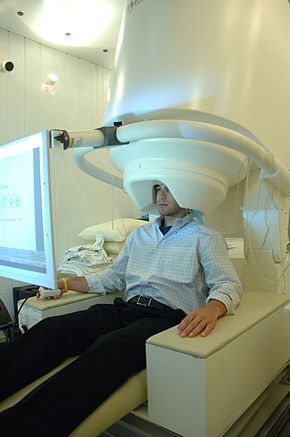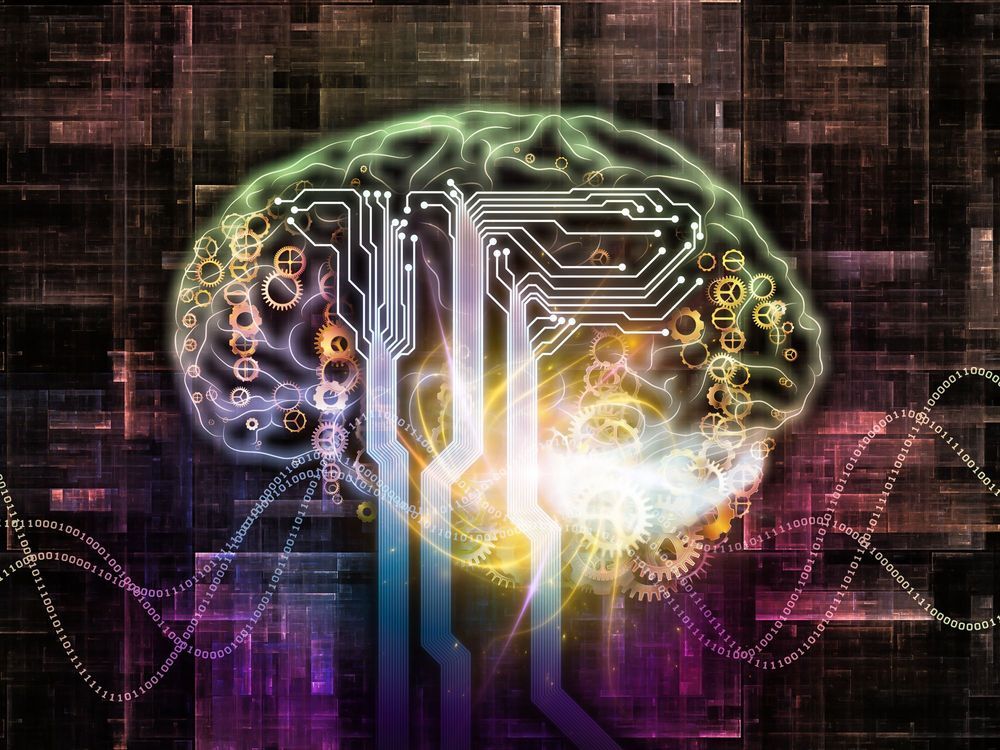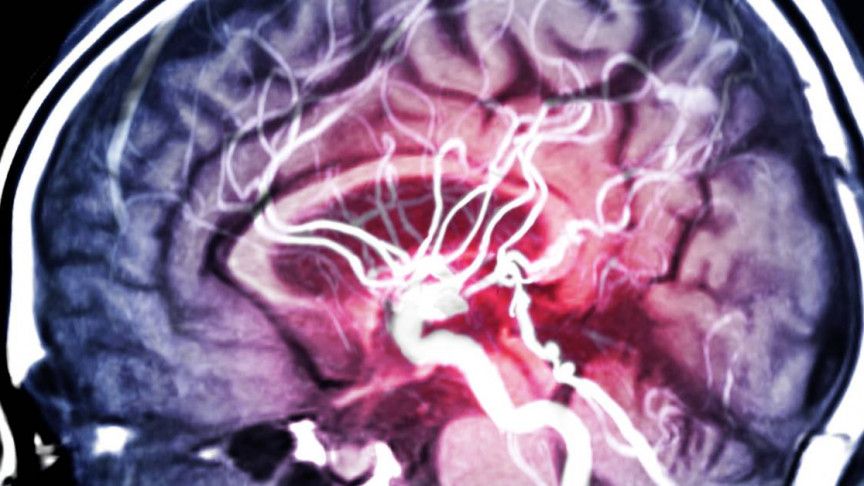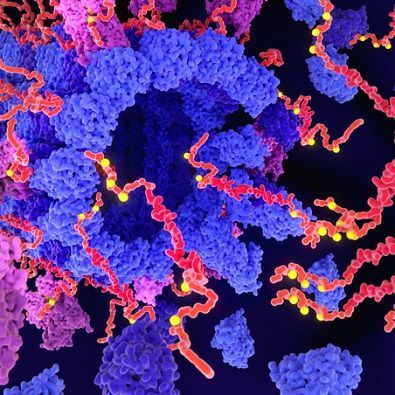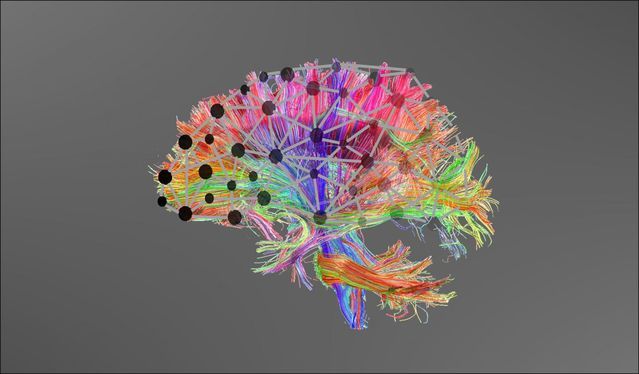When crossing the street, which way do you first turn your head to check for oncoming traffic? This decision depends on the context of where you are. A pedestrian in the United States looks to the left for cars, but one in the United Kingdom looks right. A group of scientists at Columbia’s Zuckerman Institute has been studying how animals use context when making decisions. And now, their latest research findings have tied this ability to an unexpected brain region in mice: an area called the anterior lateral motor cortex, or ALM, previously thought to primarily guide and plan movement.
This discovery, published today in Neuron, lends new insight into the brain’s remarkable ability to make decisions. Flexible decision making is a critical tool for making sense of our surroundings; it allows us to have different reactions to the same information by taking context into account.
“Context-dependent decision-making is a building block of higher cognitive function in humans,” said neuroscientist Michael Shadlen, MD, PhD, the paper’s co-senior author with Richard Axel, MD. “Observing this process in a motor area of the mouse brain, as we did with today’s study, puts us a step closer to understanding cognitive function at the level of brain cells and circuits.”

